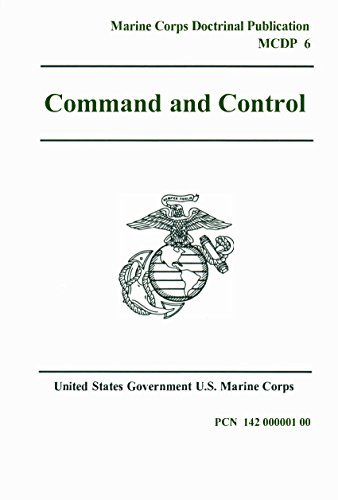What do you think?
Rate this book


155 pages, Kindle Edition
First published May 25, 2005
Any system comprising multiple, interacting elements, from societies to sports teams to any living organism, needs some form of command and control. Simply put, command and control in some form or another is essential to survival and success in any competitive or cooperative enterprise. Command and control is a fundamental requirement for life and growth, survival, and success for any system.